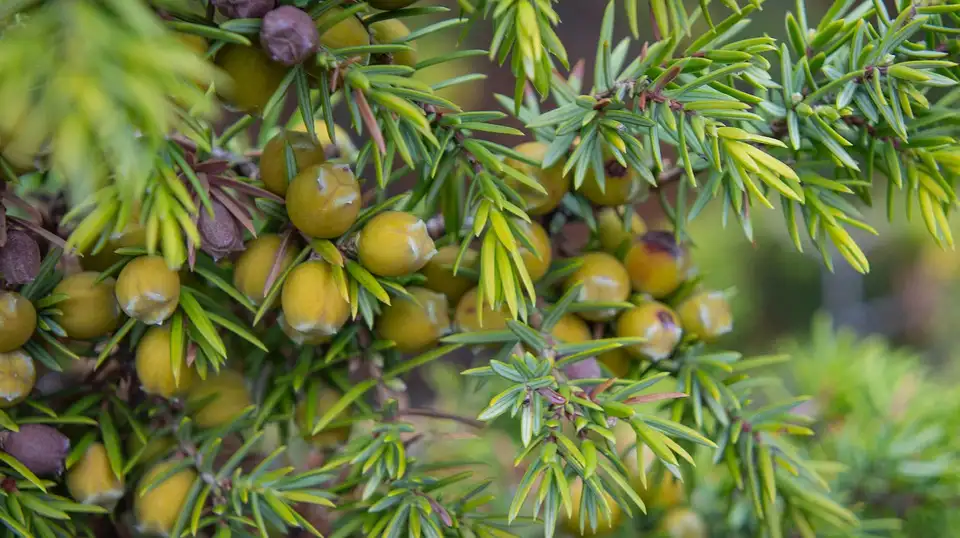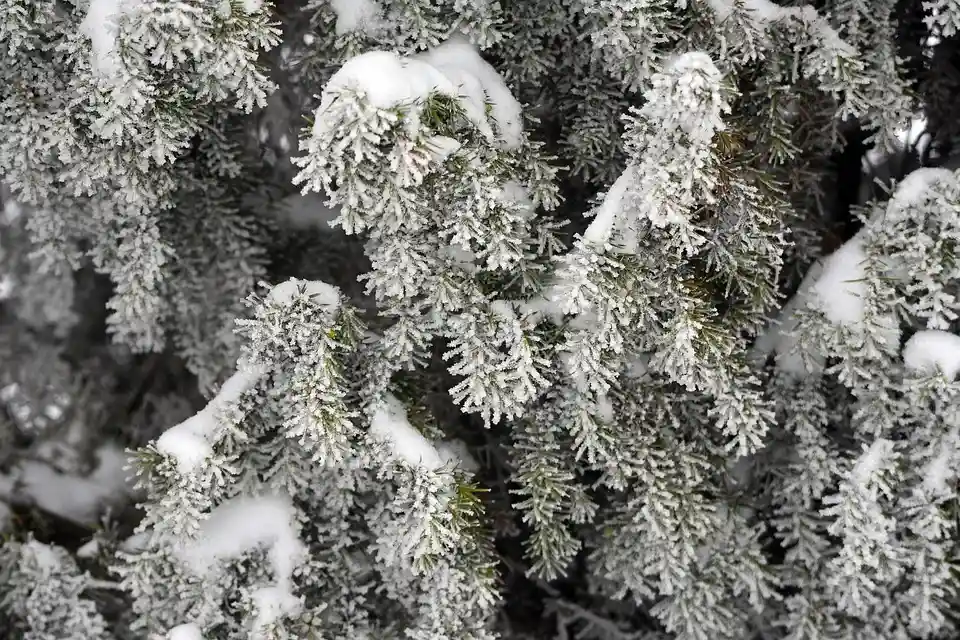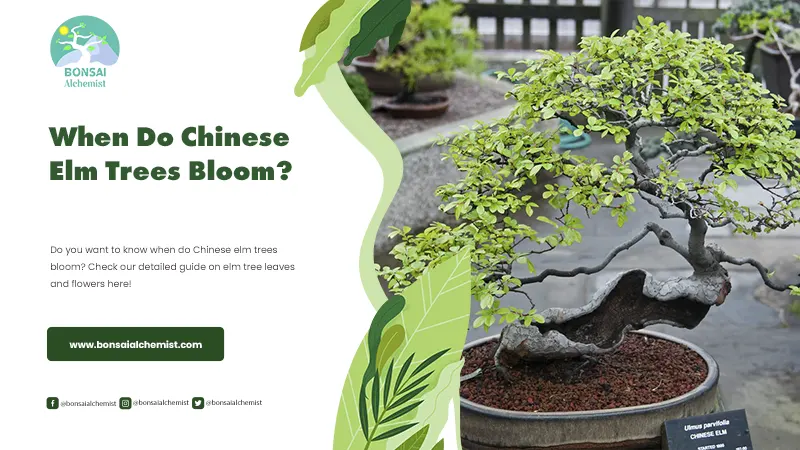How to Look After Juniper Trees in Winter
Juniper is an excellent choice for your garden. It looks pristine, and also its berries attract birds and other beings. No matter what size your garden is, you can find a suitable Juniper as it comes in various sizes and forms. Juniper trees are drought-hardy, and it’s a good idea to let the soil dry out a bit between watering. Ideally, it would be best to plant it at a spot that receives full sun exposure.
You don’t need a lot of maintenance and care during the winter, as Junipers are drought-tolerant and popular for being low-maintenance. However, certain things must be kept in mind as they need proper sunlight to thrive. In this article, we’ll discuss how to take care of your Juniper tree in winter.
Depending on the geographical location and the hardiness zone, some juniper trees might need more care during wintertime to make sure they bloom during springtime.
Winter Care
Some trees can suffer from winter burn when the tip of the branches begin to turn brown, and gradually, it spreads downwards. To avoid this problem, you can prune the branches, avoid doing so in late summer and early fall. Winter burn is likely caused due to dehydration, and hence, it would help if you water the plant regularly during fall before the first frost. Also, add about 2-3 inches of mulch around the tree during fall since it retains water and regulates the soil temperature.
When the winter recedes, remove any diseased or broken branches. It’s also essential to protect the unestablished juniper trees from frost and wind. To do so, drape burlap over four stakes around the tree to create a shield. Once done, secure it by placing bricks or rocks at the burlap’s base, ensuring the burlap doesn’t touch the tree.
If you’ve planted your juniper bonsai in a container, bury the plant with the pot into a hole in the ground. That will help it survive the winter weather. It should be away from wind and other harsh weather elements. It’s also a good idea to place it in a garage or any unheated room where the temperature doesn’t exceed 50°F.
Since Juniper is an outdoor tree and needs consistent sunlight, it could be difficult for it to survive when placed in a shaded location during winter. For that reason, you can invest in a grow light such as a full-spectrum fluorescent that emits the sunlight’s UV range.
Basic Care
Junipers need well-draining soil, and they’ll suffer from root rot if over-watered. Always allow the top two inches of the soil to dry between watering intervals. Junipers do need humidity, though. To maintain the balance, you should supplement watering with spray mists from time to time. You must also fertilize your tree every one to two months during spring and summer.
Also, consider pruning if the tree grows rapidly in spring to maintain the bonsai’s appearance. Please don’t remove the entire new growth as it can damage the tree. In general, you should trim 10% of the foliage to avoid putting the tree through excessive stress. Apply a sealant on the trimmed areas to heal any scars.
Like most trees, junipers can also fall prey to pests and insects such as aphids, mites, and scale. Use a pesticide when necessary to mitigate any damage. Another problem could be that of rust and fungus. When you notice any signs of fungal infection, you must take care of it as a matter of urgency since it’s highly contagious.
Final thoughts
Juniper is a low-cost investment and is quite a resilient plant as a bonsai. But you should take basic care and caution to keep it in great condition and retain its classy look throughout the year.







